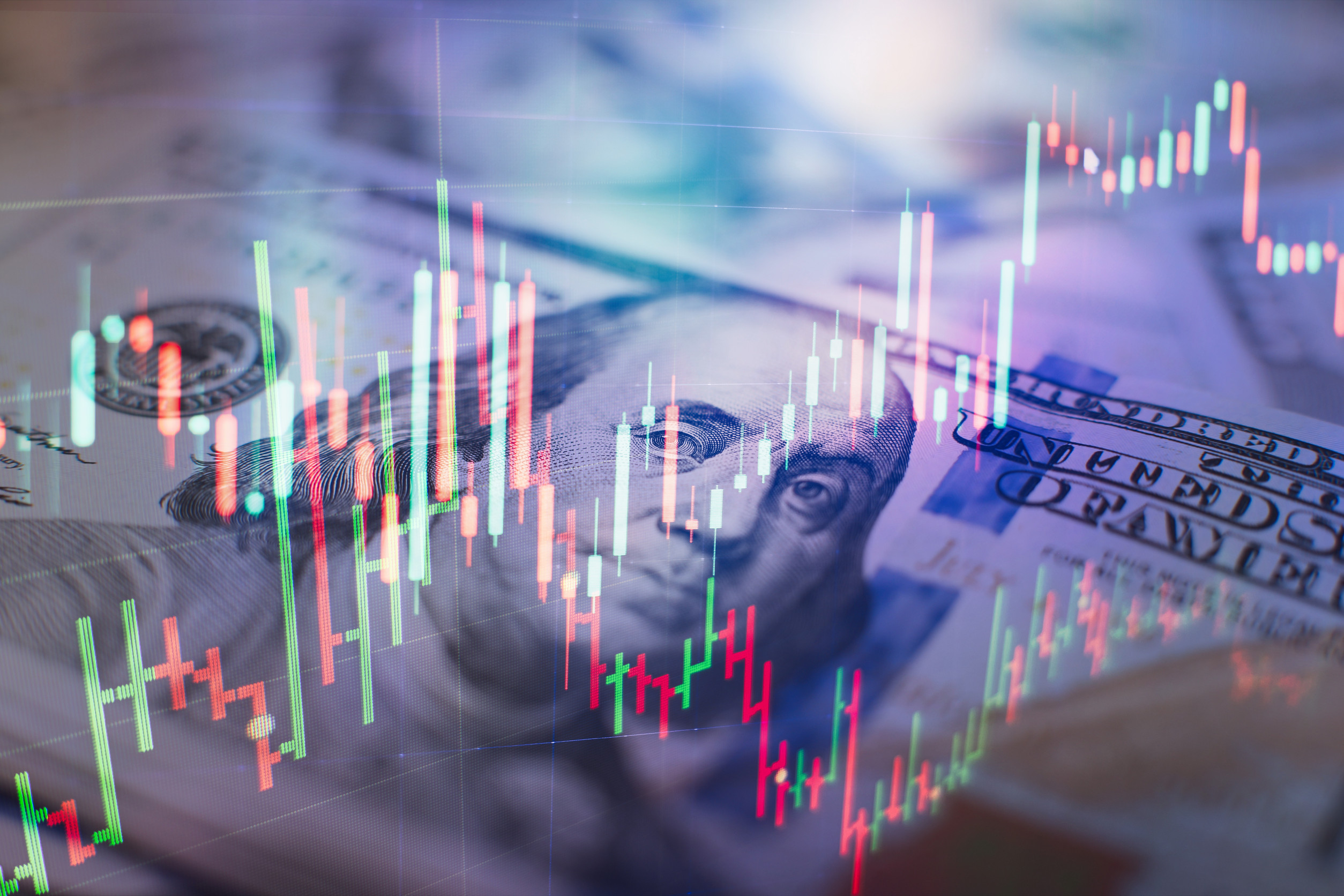Ever noticed how the price of an item online changes depending on where you shop, what device you’re using, or whether you’re logged into an account? You’re not imagining things. Retailers today are using advanced data tracking tools to tailor prices to individual shoppers—a strategy known as surveillance pricing. On the surface, it looks like a way to score personalized deals. But dig a little deeper, and it starts to feel a lot like digital price discrimination. So, what does surveillance pricing really mean for consumers, and is it a helpful trend?
1. What Is Surveillance Pricing, Anyway?
Surveillance pricing refers to the practice of monitoring a consumer’s behavior to adjust prices in real time. Retailers use your browsing history, device type, location, and even how long you linger on a product page to determine what price you’ll see. It’s not just about coupons or deals—it’s about profiling your willingness to pay. For example, someone shopping from a luxury zip code on an iPhone might see higher prices than someone using a budget laptop in a rural town. While it may sound like tech wizardry, it raises big questions about fairness and transparency.
2. The Promise of Personalized Deals

Image Source: 123rf.com
From a marketing standpoint, retailers frame this as a win-win: you get offers tailored to your preferences, and they make more sales. You might see discounts on brands you love or early access to deals based on your shopping habits. This personalization can feel convenient, especially when it saves you money. Algorithms can identify when you’re a bargain-hunter and drop prices just enough to close the sale. But while you’re saving a few bucks, someone else might unknowingly pay more for the exact same product.
3. When Personalization Turns into Discrimination
The real concern begins when those personalized prices aren’t transparent. Two customers browsing the same online store might see different prices based on nothing more than past behavior or demographic data. That’s when the line between marketing and manipulation starts to blur. Price discrimination—charging different people different prices for the same product—can feel like a betrayal of trust. And when it disproportionately affects lower-income shoppers or communities, it becomes more than shady—it becomes unethical.
4. Loyalty Might Be Costing You
Ironically, the more loyal you are to a store or platform, the more you might be paying. Retailers collect data on your browsing habits, purchase history, and responsiveness to sales, then use it to maximize profits. If their algorithm sees that you buy without waiting for sales, it may stop offering you deals altogether. This means a first-time visitor might get a better price than a long-term customer. In the world of surveillance pricing, loyalty doesn’t always pay off—it can cost you more.
5. Are Dynamic Prices Just Digital Price Tags?
Some argue that surveillance pricing is simply an extension of traditional dynamic pricing, like what you see with airline tickets or hotel rooms. Prices shift based on demand, time, and market trends—so why not customer behavior? But there’s a difference between adjusting prices based on supply and demand and adjusting them based on you. If a digital profile says you’re desperate to buy a product, the algorithm may inflate the price just enough to squeeze out more profit. That’s not just economics—it feels deeply personal.
6. What You Can Do to Avoid Paying More
There are a few ways savvy shoppers can protect themselves from unfair pricing. Using private browsing or clearing cookies can help prevent websites from tracking your history. You can also compare prices on different devices or ask friends to check for the same product from their locations. Signing out of accounts or avoiding location-sharing features can level the playing field. Knowledge is power—and knowing how you’re being tracked is the first step to fighting back.
7. Should This Be Regulated?
Right now, there are few regulations that directly address surveillance pricing. While companies are required to disclose cookie usage and data collection practices, they’re not obligated to explain how that data affects pricing. Some lawmakers and consumer rights groups argue that this lack of transparency undermines fair market practices. As technology advances, the gap between informed and unaware shoppers grows wider. If left unchecked, surveillance pricing could deepen inequality in how we all access goods and services.
8. Transparency Shouldn’t Be Optional
At the very least, retailers should disclose when pricing is being adjusted based on personal data. If companies are proud of offering personalized deals, they shouldn’t be afraid to show their hand. Transparency builds trust—and in an increasingly digital marketplace, trust is everything. Consumers deserve to know why prices shift and whether their data is being used against them. Until that happens, skepticism around surveillance pricing will only continue to grow.
When the Algorithm Knows Too Much
Surveillance pricing isn’t just about saving a few cents or losing a good deal—it’s about the growing power imbalance between consumers and corporations. The more data companies collect, the more they can manipulate what we see and what we pay. While some shoppers benefit, others get left behind without ever knowing it. If personalization is the future, then fairness must be part of the conversation. Because no one should have to overpay just because an algorithm thinks they can.
Have you ever noticed different prices for the same product online? Share your experience in the comments, and let’s talk about digital fairness.
Read More

